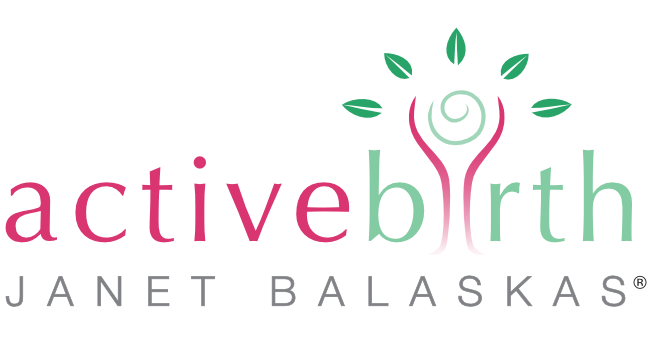Can you give me some tips about healing the perineum naturally after birth? I am worried about tearing or having an episiotomy.
This is a question most women want to know about so thank you Irene for asking! I’m going to start in this issue with the natural physiology – how your body is designed for this stage of the birth. Starting with prevention – this issue will look at ways you can protect the perineum during the birth.
What is the perineum?
The perineum is the area between the vagina and the anus and is the last part to stretch just before the baby’s head is born. Tears are quite common, especially if this is your first birth, I but I think a lot more could be done to prevent them.
Firstly, its helpful to understand the physiology of this stage of the birth. When then baby’s head ‘crowns’ in the final stages of birth, the top of the head becomes visible to the midwife at the external part of the vagina. By this time the head is very low in the pelvis and resting on the perineum. Just like it has done throughout the whole birth process, pressure from the baby’s head activates the release of softening hormones or prostaglandins in the tissues of the perineum.
If you can allow enough time for this process the perineum will become very soft, enabling it to stretch and become as thin as a membrane. Then, at the right moment, it will slip back over the baby’s face and the head will be out! It’s quite miraculous and happens spontaneously if we wait for it and don’t try to make it happen.
What causes a tear
If the mother is instructed to ‘push’ and the perineum has not yet softened or stretched – that is when a tear is most likely. Additionally, it does not help to have people standing around expectantly looking at the perineum – the most private part of our bodies!
So, what can you do to hang back and WAIT for the baby to birth itself. This is not easy, as these moments when the head is just about to be born can be very uncomfortable to say the least. It’s not the case in every birth, but intense stretching and burning sensations are common during contractions. They do ease off in-between thankfully. The baby’s head can feel hard and hot – but in fact it is soft and malleable and usually just the right size for your anatomy. But these moments can be challenging!
What can I do?
Here are some ideas:
Choose a position other than semi-reclining or squatting as these positions intensify the pressure on the perineum. Either lie on your left side with lots of pillows or lean forward kneeling or standing. This will help to reduce pressure.
BREATHE when it feels uncomfortable – just little short breaths out as though you are blowing bubbles on the water surface in a swimming pool. Let your cheeks puff out and do little blows. The midwife will guide you when to breathe lightly and when she may need you to breathe out with a little more pressure. In my courses and workshops, I teach these long and short focused breaths. And it will help if you write on your birth preferences that you want to ‘breathe your baby out’. This kind of co-operation between you and your midwife can result in in intact perineum. Don’t worry if you need to make sounds, like humming or even roaring, as this too is breathing, and will open the way for your baby. Just don’t forcefully PUSH.
Visualise something soft – some hypnobirthing programmes suggest a soft pink full-blown rose and imagine your baby’s head coming gently and softly through the soft petals. This may not be your style, but certainly helps some women.
After your baby is born
You will probably find yourself sitting up for a few minutes and holding your baby in your arms ‘skin to skin’ as you welcome him or her into the world and enjoy ‘bonding’ through eye contact, smell, sound, and touch.
Soon after, it’s a good idea to lie back (at this point semi – reclining is ideal!) with baby lying on top of you ‘tummy to mummy’. This also makes it easier for baby to find the breast and latch on.
In the next issue I will explain how to massage your perineum in late pregnancy – said to encourage stretchability and give you some ideas for natural healing.
Meanwhile it’s reassuring to know that your body is designed to birth a baby and like most mammals if you relax and breathe and let this happen in its own time, it will do a lot to prevent any injury. Most tears are minor and will heal naturally, but we will go into this in the next issue.
Disclaimer
Active Birth is designed for mothers who wish to give birth naturally and have had a healthy pregnancy and no medical complications during labour and birth. Aspects of an Active Birth can also sometimes be used in combination with medical interventions. The website and newsletters offer general information only. They are not a substitute for the professional advice, diagnosis or treatment offered by your midwives or doctors. The Active Birth Centre/ Janet Balaskas in general, accept no liability for the guidance herein, and advise that you do not disregard professional medical advice and inform yourself with other trusted evidence-based sources of information when making your decisions.

